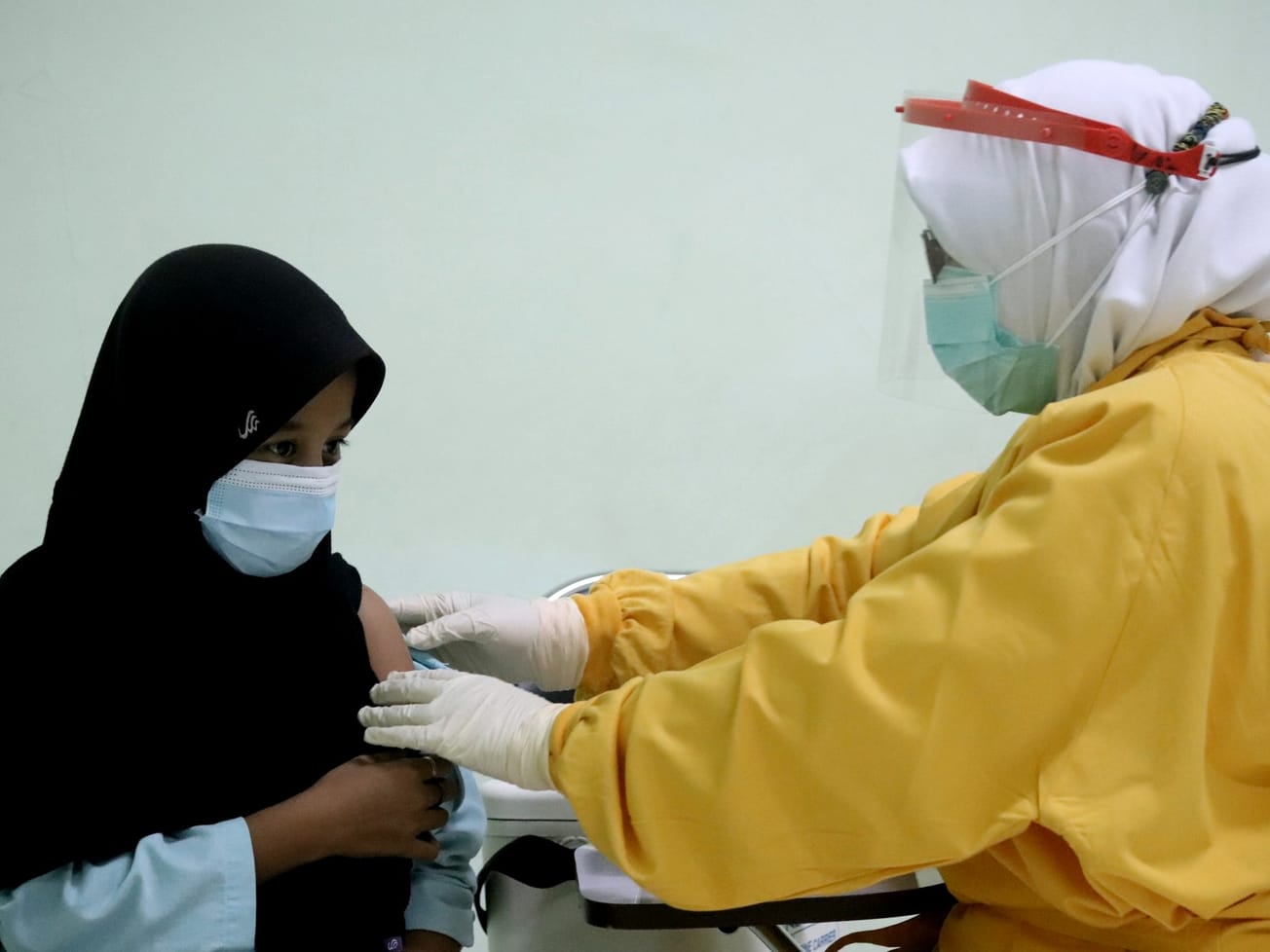Long before the official onset of summer, parts of Asia are smoldering under the effects of unseasonal heat supercharged by a waning El Niño and human-caused climate change.
From Gaza and Israel in the west and eastward to Vietnam, Laos and the Philippines, people have faced days upon days of temperatures soaring well above 40˚ Celsius. In West Bengal, India, temperatures hit 47.2˚ C.







